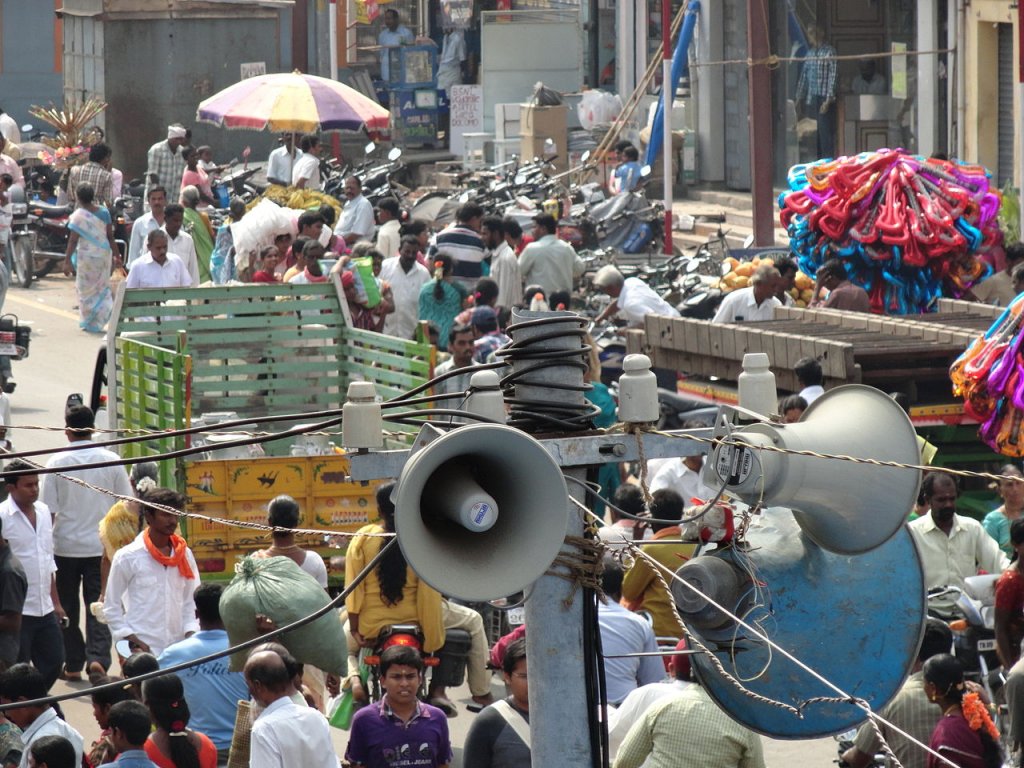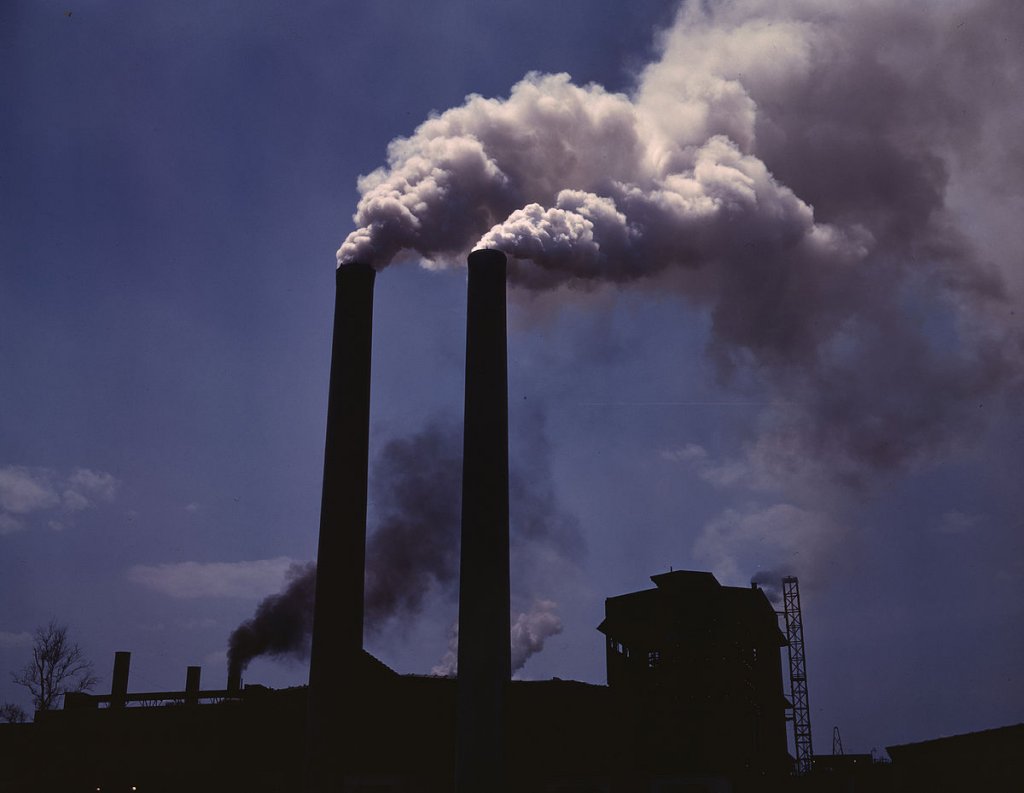Hi Everyone!! This article will share Pollution Questions & Answers.
In my previous post, I have shared Pollution Objective Type Questions & Answers so, make sure to go through that post as well.
Pollution Questions & Answers
Question 1: Define the following:
(a) Pollution
Answer: It is the presence of a substance or thing in the environment that has harmful or poisonous effects.
(b) Pollutants
Answer: All the things that pollute the environment are called pollutants.
(c) Air pollution
Answer: When harmful pollutants like smoke from vehicles and factories, fumes from fires, ash from volcanoes and dust particles contaminate the air and make it unfit for breathing, it is called air pollution.
(d) Land pollution
Answer: When pollutants such as chemicals from factories, household waste get mixed with soil and make it infertile and unusable for growing crops, it is called land pollution.
(e) Water pollution
Answer: When harmful things and chemicals such as garbage or waste, discharge from factories, etc. are released into water, making it dirty and impure, it is known as water pollution.
Question 2: Which human activities most affects the environment?
Answer: The human activities such as increasing pollution level, deforestation and the over-utilisation of natural resources mostly affect the environment.
Question 3: What is PUC? State its importance.
Answer: PUC stands for pollution under control. The vehicles need to get the PUC certificate which checks the release of fumes from vehicles hence helps in controlling the pollution.
Pollution Questions & Answers
Question 4: What are the main sources of carbon pollution?
Answer: Activities like cement production, burning of fossil fuels like coal, oil and natural gas increase the levels of carbon pollution.
Question 5: What do you mean by reduce, reuse and recycle?
Answer: We must reduce the use of non-biodegradable products. Reuse means make use of these things over and again. Recycle means we must segregate the biodegradable and non-biodegradable and send the non-biodegradable things for recycling.
Question 6: What are the effects of water pollution?
Answer: The effects of water pollution are:
i. Drinking polluted water causes waterborne diseases such as diarrhea, dysentery, cholera and jaundice among others.
ii. Water pollution also affects the entire food chain. When birds and other animals eat the smaller fish, they get indirectly affected by the pollutants.
iii. Water pollution leads to the death of aquatic organisms.
Question 7: Write two preventive measures to reduce noise pollution.
Answer: The two preventive measures to reduce noise pollution are:
i. Use of loudspeakers and bursting of crackers during festivals should be minimized.
ii. Silencers and noise absorbing materials should be used in vehicles wherever possible.
Pollution Questions & Answers
Question 8: Give reason:
(a) Increasing number of vehicles are responsible for air pollution.
Answer: Vehicles produce high levels of pollutants like carbon monoxide, nitrogen oxides and smoke. Carbon monoxide is produced from the incomplete burning of fuels such as petrol and diesel. It is a poisonous gas and thus causes air pollution.
(b) Untreated sewage is one major source of water pollution.
Answer: A large amount of domestic sewage is drained into river and most of the sewage is untreated. Domestic waste contains toxicants, solid waste, plastic letters and bacterial contaminants and these materials cause water pollution.
(c) Crackers are a major cause of air pollution.
Answer: Crackers are made of poisonous chemicals which are released in the air and are harmful for human beings and animals. These chemicals cause air pollution which leads to many diseases.
Question 9: Observe the picture and answer the questions:

(a) Identify and name the type of pollution shown.
Answer: It is a picture showing sound/noise pollution.
(b) How does it affect people?
Answer: It affect the sleep of the people, causes headache and also lead to deafness. It can also affect human nerves.
(c) State any one way through which we can prevent this type of pollution.
Answer: We can prevent this type of pollution by avoiding loud speakers and honking on the roads.
Pollution Questions & Answers
Question 10: Observe the picture and answer the questions:

(a) Which type of pollution is depicted in the above picture?
Answer: Water pollution is depicted in the above picture.
(b) How is aquatic life affected by water pollution?
Answer: Toxicity, which is a result of water pollution leads to death of aquatic life forms as there is loss of enough amount of fresh dissolved oxygen in water.
(c) What do you think are effective ways to clean up polluted water?
Answer: The most effective way is by taking proper measures for factories and the disposal of their waste. Having more advanced landfills, proper disposal of household chemicals, less use of plastics, etc.
Question 11: Observe the picture and answer the questions:

(a) Which type of pollution is depicted in the above picture?
Answer: Air pollution is depicted in the above picture.
(b) How is air pollution harmful to human health?
Answer: Many respiratory problems are caused due to air pollution. Moreover, the increasing level of carbon monoxide, smoke and other poisonous gases in the air reduces the oxygen-carrying capacity of the blood.
(c) What measures can be taken to control air pollution?
Answer: The best ways to control air pollution are:
i. Using public transport
ii. Recycle and reuse
iii. No to plastic bags
iv. Reduction of forest fires and smoking
v. Use of filters for chimneys at factories and industries
vi. Avoid use of crackers.
So, these were Pollution Questions & Answers.